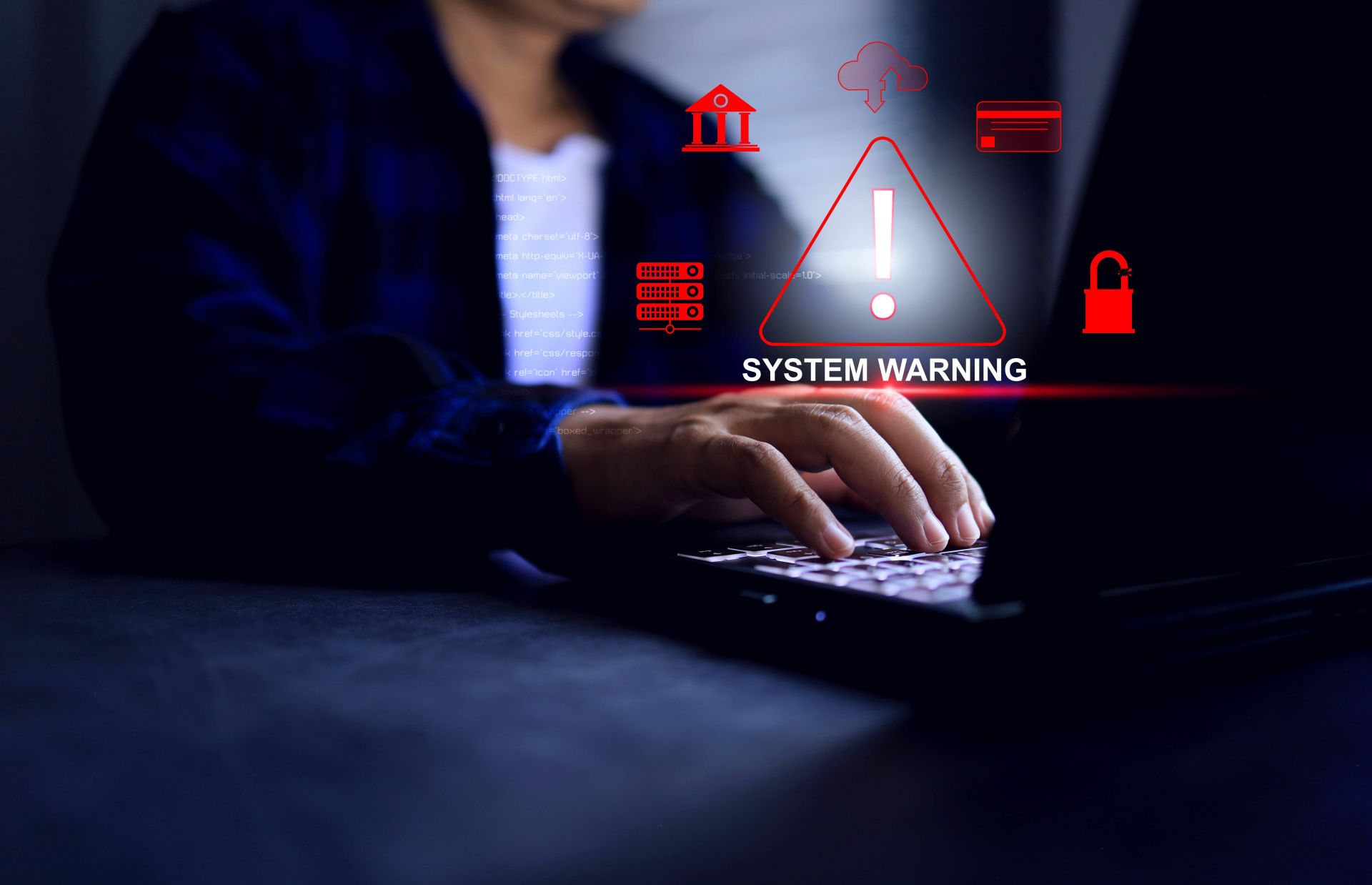Digitalization increases efficiency and reduces costs in the TSL (Transport, Shipping, and Logistics) industry, which is why it is and will continue to be a key factor shaping its future. It allows for addressing challenges such as rising operational costs, driver shortages, and ensuring transport safety. However, it also poses significant challenges due to the need for substantial investments and the dynamic changes in legal regulations.
Is it worth the effort? Absolutely! Today, we’ll tell you more about how to play this game—specifically, which tools to invest in to stay not just one, but several steps ahead of the competition.
Digitalization: the key to efficiency in logistics
Digitalization in transport and logistics companies takes place on multiple levels—from fleet management to back-office processes—meaning there are numerous processes to address. Where should you start, and what are the priorities for logistics companies? According to a survey conducted in 2023 by S&P Global Market Intelligence, the top priorities are: order management (60% of respondents), real-time cargo tracking (58%), and order acceptance and freight space management (58%).
Therefore, it’s worth focusing initially on technological solutions that address these three areas. The key is to implement cloud-based solutions, as they enable efficient collection, updating, and sharing of large amounts of data in real time while providing employees with 24/7/365 access to information. One of their major advantages is the ability to integrate all the systems used by the company, ensuring complete optimization of operations.
There are numerous cloud solutions on the market, and the most critical factors when selecting one include scalability, flexibility, integration capabilities with existing systems, and deployment speed. Microsoft Azure Cloud meets all these requirements, making it a highly recommended option to consider.
Leveraging cloud solutions is becoming a standard way of doing business for large and medium-sized companies in the TSL industry. The cloud enables the creation of competitive advantages, helps mitigate risks related to data protection and process continuity, and is economically efficient. By investing available resources in such technologies, companies can much more easily identify areas requiring potential optimization and automation—areas where they are actually losing money—and subsequently implement appropriate solutions.

Marcin Wojtaszek
Marcin Wojtaszek, CTO at Euvic IT and Director of Infrastructure at Euvic
Professional Software: the guarantee of your efficiency
The ever-increasing costs, rapid changes in regulations, driver shortages, suboptimal use of warehouse space, and inefficient route planning are just a few of the many challenges faced by the TSL industry. The need to invest in new technologies also raises concerns, as many companies are still unsure which solutions to choose and how to navigate the digitalization process painlessly—without wasting time and money. However, there’s no need to fear digitalization; the benefits it brings should be convincing enough to make you consider it seriously.


And if a range of benefits still feels insufficient and the implementation of modern IT systems still seems daunting, consider a few more key aspects from the perspective of your organization:
- Ease of Integration – We enable seamless integration with TMS/WMS systems and any other systems you currently use.
- 24/7/365 Availability – We provide full access not only to the system’s functionalities but also to technical support around the clock.
- Flexibility – We tailor our services to your unique needs and processes specific to your organization.
- Multi-Level Functionality – We create advanced permission structures, allowing you to assign access levels tailored to user needs.
- Intuitiveness – We focus on delivering tools that are efficient and easy to use.
- Modernity – We develop solutions in line with the latest trends and available technologies.
Now that you know the benefits you can achieve, it’s time to consider how to make it happen.
Monitor, manage, digitalize
If your key business needs include monitoring deliveries, tracking driver activities in real time, maintaining a full real-time task execution history, or digitizing documents, it’s worth taking a closer look at the ePOD system.

ePOD is a Proof of Delivery solution with advanced functionalities that enable real-time delivery logistics management. By choosing to use it, you support the driver at every stage of the delivery process (pickup, transshipment, delivery to the recipient) and gain the ability to track their current location and receive updates on the status of ongoing tasks.
Moreover, the ePOD system also allows you to visualize routes/loops and facilitates effective communication with drivers (chat messages with the ability to share photos/files). It also supports full management of the claims process and improves the entire reporting process.
To fully leverage the capabilities of the ePOD system, it’s worth considering:
- Extending with a carrier portal, a User Communication Portal designed to efficiently support communication and document flow between carriers, clients, recipients, and the logistics center.
- Integration with external IoT systems such as temperature sensors, loading and packaging equipment, air humidity sensors, card and BLIK payments, electronic seals, etc.
If your priority is to alleviate “peaks” in unloading and loading, increase control over vehicle movement at a specific location, reduce delays, or lower operational costs, you should consider implementing a YMS system.


YMS is a Yard Management System that supports communication and manages all participants in operations at logistics hubs and warehouses, as well as driver handling. By integrating it into your daily operations, you will be able to better manage loading docks, parameterize appointments and processes, and gain access to the full history of your activities.
To fully harness its potential, it’s worth extending the system with:
- Web Booking, allowing remote reservation of appointment slots by both clients and drivers, enabling real-time slot management.
- Automatic Gate, a Gate Automation system that allows for the automation of appointment processes, driver and vehicle identification, and task allocation for drivers.

Many needs – one tool
Every business is different, with various needs and development plans. That’s why, when choosing the solutions mentioned above, you don’t have to decide which one to focus on. You can cover 100% of your needs by combining both systems (ePOD and YMS) and using them as one cohesive tool. Both platforms have been designed to be easily integrated and to support the TSL sector at every stage of the supply chain— from manufacturers, through logistics operators and transshipment points, to end recipients (B2B/B2C/B2B2C). Whether used together as a whole or as two separate tools, ePOD and YMS are always highly efficient and effective, partly because they are built on the Microsoft Azure cloud infrastructure.
If you are looking for optimization and want to build a competitive advantage, schedule a free consultation with an expert, during which you’ll learn more about the implementation possibilities of ePOD and YMS in your organization.










